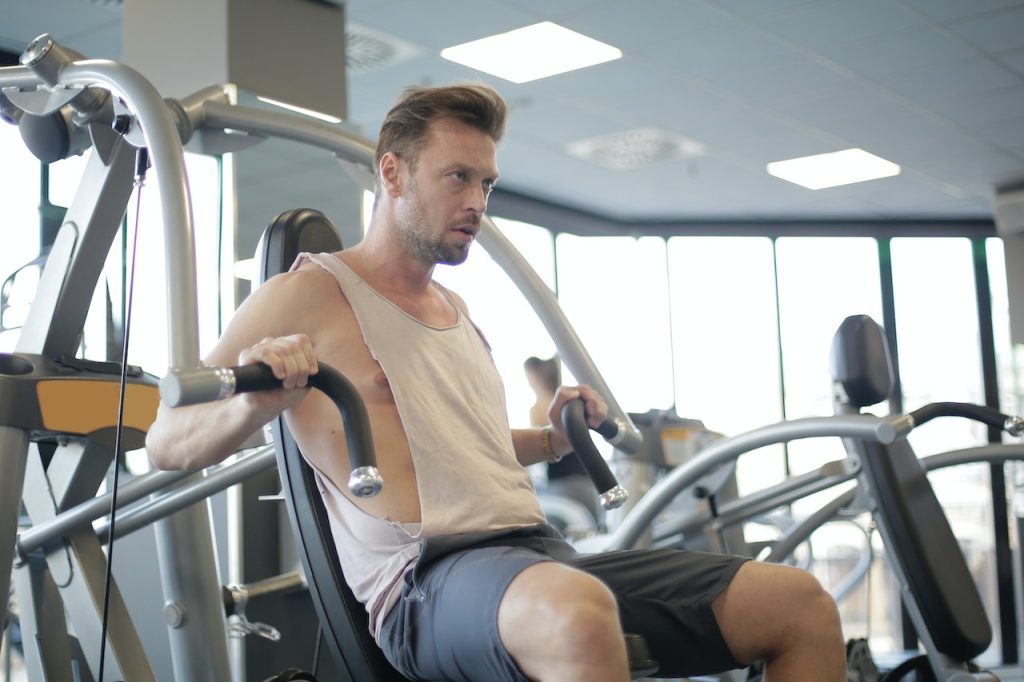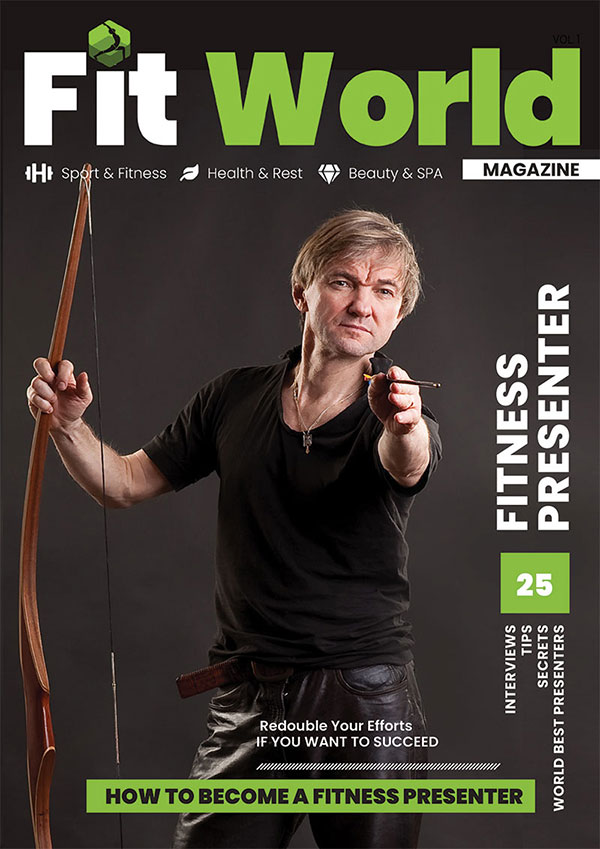A training program can be created in a variety of methods, but none of them can be referred to as universal. What benefits and works for one individual could not benefit or work for another. Because of our individual differences, each of us requires a customized exercise regimen.
How to create your own workout schedule?
You should take into account the following while determining and creating your own personal training program:
- Decide on a specific goal to work toward.
- Match your diet to your goal (weight loss, muscle gain, etc.)
- Your physical condition and skills should be taken into consideration.
- Determine how often you will go to the gym. You can only include simple exercises in your schedule if you want to visit the gym twice each week.

The goal of the workouts
People work out for a variety of reasons. Some desire to improve their health, while others want to bulk up their muscles and yet others want to shed weight. Bodybuilders want to optimize their muscle mass, weightlifters to increase their strength, and runners to quicken their pace. A properly defined goal is the cornerstone of effective training.
-
Goal: increase strength
When trying to reach your maximal strength, concentrate on exercises that involve multiple joints moving at once. It’s crucial to keep the number of reps low and lengthen the rests in between sets. Deadlifts, free weights, and barbell squats are common workouts used for this purpose.
If you prefer to exercise at home, the maximum load is limited to your body weight. You must correctly carry out the fundamental exercises in these circumstances, then progressively raise the load. Training each limb separately helps to do this.
-
Goal: increase muscle
Sets with high repetitions and little rest should be a part of your routine if you want to gain the most muscle mass possible. Control your motions and make an effort to feel the muscle you are working. The type of exercise and the quantity of repetitions depend greatly on the muscle group used.

-
Goal: to exercise a specific body component
You might need to concentrate on only one or a few muscles occasionally. In this situation, you should practice the exercises that are best for your needs more frequently and give up a different activity from the rest of your training program.
You should always take something away from your plan whenever you add anything to it. Otherwise, you run the risk of overtraining, which could result in a decline in performance or even stagnation.
-
Goal: to lose weight
If you want to lose weight, aim to keep as much muscle mass as possible so that any losses are due to fat. This will help you maintain your fitness and decrease weight. Add a few cardio workouts per week to your regimen along with regular weight training.

Important considerations
Success is heavily dependent on a few key criteria that must be considered from the start:
-
Individualized strategy
It is crucial that the program you have created is fun to use. The most effective exercise is the one you don’t want to skip. It need to be customized for your needs. In order to make your strategy work, you must carefully consider what you enjoy doing.
-
Self-regulation
When you begin training, you should have a plan, but you are not required to follow it exactly. It’s fine to depart from your plan and pay attention to your body’s requirements.
You will advance more by changing the nature of your workouts because no program can foresee your physiological or psychological state on any given day.

-
Balanced structure
When creating a training program, it’s important to consider not only the muscles you’ll be working but also the exercises that will best accomplish this.
There are six to eight fundamental movement types that ought to be included in each training program, depending on the classification scheme:
- Push and pull exercises for the upper body in either a vertical or horizontal direction (relative to the torso).
- Lower body – actions primarily carried out at the knee or hip joint.
- The muscles in the centre of the body can move either axially, meaning they are directed along the spine’s axis, or laterally, meaning they rotate or deflect the spine.
The optimal exercise routine should be well-balanced and include all of the above types of physical activity. However, maintaining structural balance and avoiding excessive loading are the primary requirements for success. This is how you’ll achieve extraordinary results.
READ MORE... Gym – where to start from? 8 nutrients for a good mood Ice Baths: The Pros and Cons of the Extravagant Health Trend














